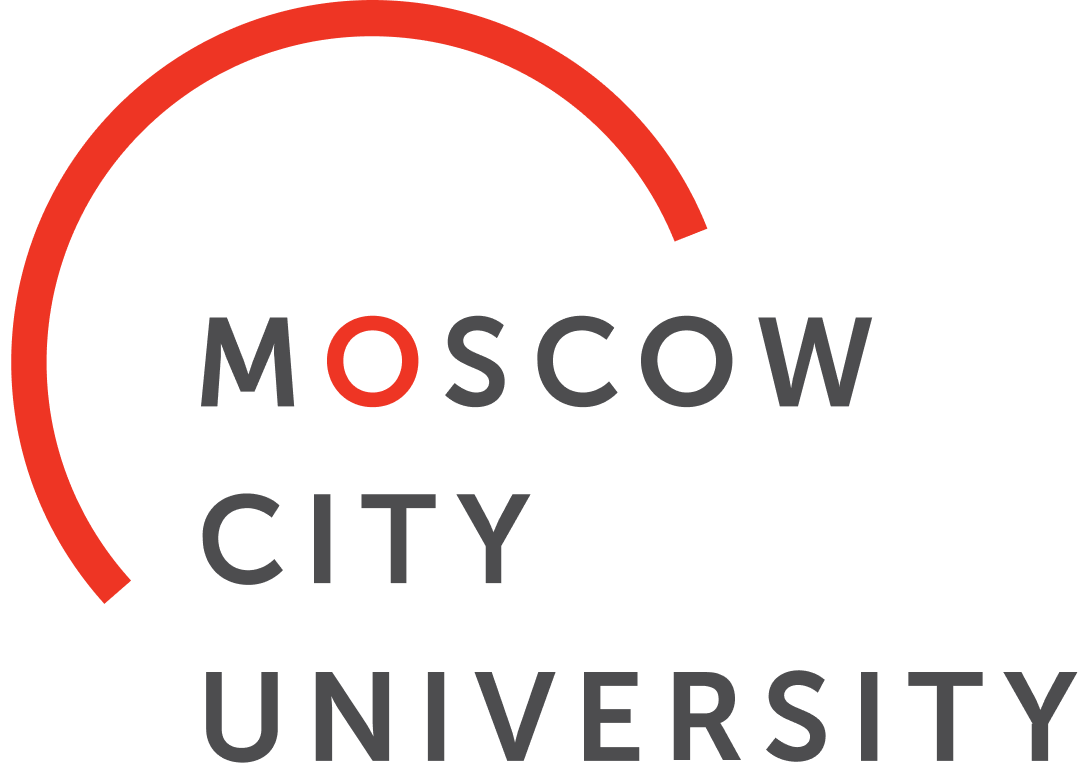The Laboratory of Cybernetics and Electronics
The Laboratory of Cybernetics and Electronics immerses children in the fascinating world of figures and calculations. There, they will learn to see the harmony of mathematical formulas and the beauty of an ordered world. The vast majority of classes include practical tasks: students develop models of robot behavior, design algorithms and deliver them in the field of programming, control devices and robots, design applications, archive data and use mathematical theory to solve everyday problems.
Our courses
Graphical environment LabVIEW Introduction to robotic devices (14—16 years old)
The course provides students with an opportunity to learn how to design robots, control devices, develop applications, archive data, and get acquainted with the LabVIEW environment.
LEGO engineering programming (7—16 years old)
The course is aimed at the development of algorithmic thinking, introduction to design, and creative activities through LEGO technologies, in particular, the engineering graphical programming environment LabVIEW. The course assists in preparing for robotic creativity contests and competitions.
LEGO robotics (8—12 years old)
The course focuses on the development of technical creativity through designing and creating own models and participating in exhibitions. Design their projects, students learn to make technological maps of their models, elaborate on robot’s behavior model, design algorithms, and deliver it in the LEGO programming environment. Besides, they develop their abilities to analyze models, identifying and eliminating shortcomings in their designs and programs as well as defining development prospects and practical application of models.
Entertaining maths (5—14 years old)
What is a magic square? How to solve complex puzzles quickly? The course “Entertaining maths” answers these questions. The course develops students’ mathematical and engineering capabilities and teaches basic logic techniques.
Electronics (10—17 years old)
Within practical experiments, students are introduced to the fundamentals of electronics and taught to design, configure, and produce electronic devices. In classes, students learn to distinguish between electronic components and their marking, types of connections between electronic components, determine nominal values of the component parameters according to their marking. In addition, students are taught to apply diverse types of connections between electronic components, make electronic devices and their enclosures, use measuring devices, and configure products with measuring tools. Students master the technology of mounting electronic components and memorize the characteristics of acoustic signals.
The modular system of the course provides the opportunity to master the material and receive a certificate at every stage of training: from the fundamentals of electronics to an experienced radio electronics technician.
Electrical engineering (12—14 years old)
Why do we need resistors, capacitors, diodes, and transistors? How to read electrical diagrams? The course “Electrical engineering” answers these questions. Within the course, students are taught about the nature of electricity, how to determine the parameters of radio components, defective radio components in circuits, solder printed circuit boards, and assemble electrical devices according to circuit diagrams.
Logo worlds & PervoLogo (5—12 years old)
The course develops algorithmic thinking and introduces the design and creative activities. Classes provide the basic skills of using the integrated graphic environment PervoLogo and processing diverse types of information, including graphic, text, audio as well as algorithms and programming, and introduces the design and creative activities.
Fundamentals of programming (8—17 years old)
In classes, students learn the principles of constructing algorithms, try to deliver their ideas in simplest programming languages. Попробуют реализовать свои идеи на простейших языках программирования.
Fundamentals of Scratch programming (8—12 years old)
Scratch is designed for teaching the fundamentals of programming, design, and mathematics, and aimed at developing algorithmic thinking and creativity.

Vladislav Mikhailov
- MikhailovV@mgpu.ru

